According to reports, Fung-wong, which could cover two-thirds of the Southeast Asian archipelago with its 1,600-kilometer-wide rain and wind band, approached from the Pacific while the Philippines was still dealing with the devastation wrought by Typhoon Kalmaegi, which left at least 224 people dead in central provinces. The latest storm has prompted the Philippine government to activate its national disaster risk reduction and management council, which has been working closely with local authorities to ensure the safety of residents.
"We urge everyone in the affected areas to take necessary precautions and follow the instructions of local authorities," said President Ferdinand Marcos Jr. in a statement. "We will do everything in our power to assist those affected by this storm and ensure that they receive the help they need."
The Philippines is prone to natural disasters, including typhoons, earthquakes, and volcanic eruptions. The country's geography, with its numerous islands and coastal communities, makes it vulnerable to storm surges and flooding. The government has been working to improve its disaster preparedness and response capabilities, but the sheer scale of the storm has put a significant strain on resources.
Experts say that the impact of Super Typhoon Fung-wong will be felt not only in the Philippines but also in neighboring countries, which could experience heavy rainfall and strong winds. The storm's massive rain and wind band is expected to bring significant disruptions to air and sea travel, as well as to the country's economy.
As the storm continues to intensify, authorities are urging residents to stay indoors and follow evacuation orders. The Philippine Red Cross has deployed teams to affected areas to provide assistance and support to those in need. The international community has also offered support, with the United Nations and other organizations providing aid and assistance to the affected regions.
The current status is that Super Typhoon Fung-wong is expected to make landfall on Sunday, bringing with it strong winds and heavy rainfall. The Philippine government has activated its national disaster risk reduction and management council, and local authorities are working to evacuate residents from high-risk areas. The storm's impact is expected to be significant, and authorities are urging residents to take necessary precautions and follow evacuation orders.
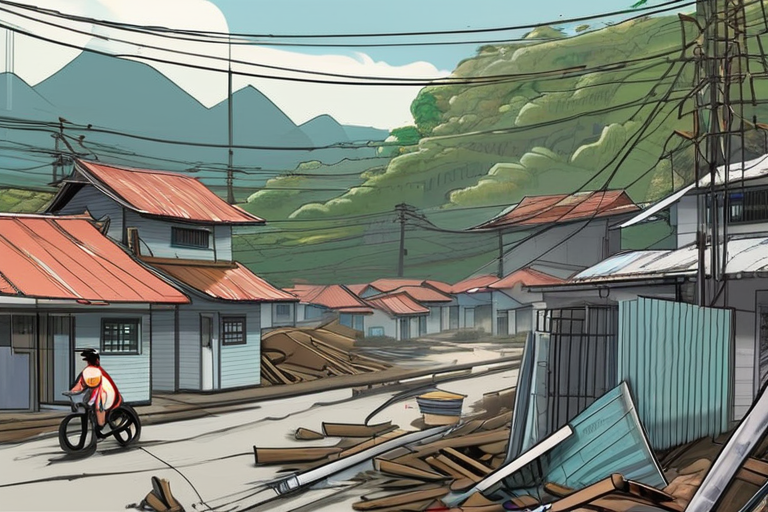








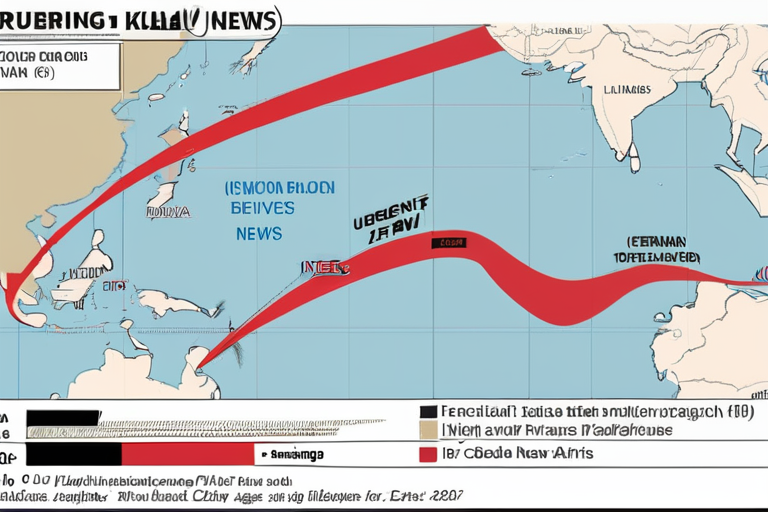
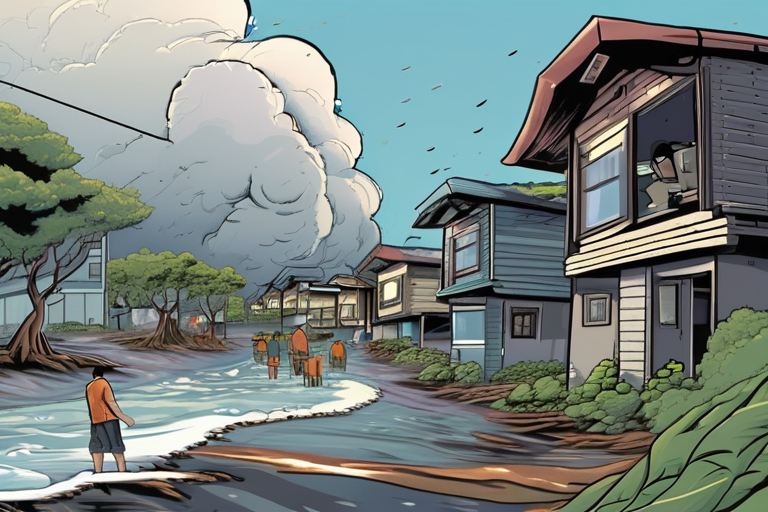

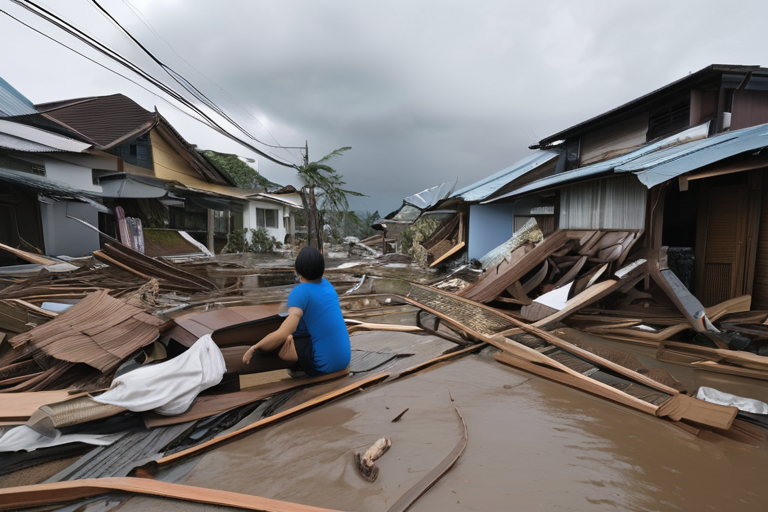


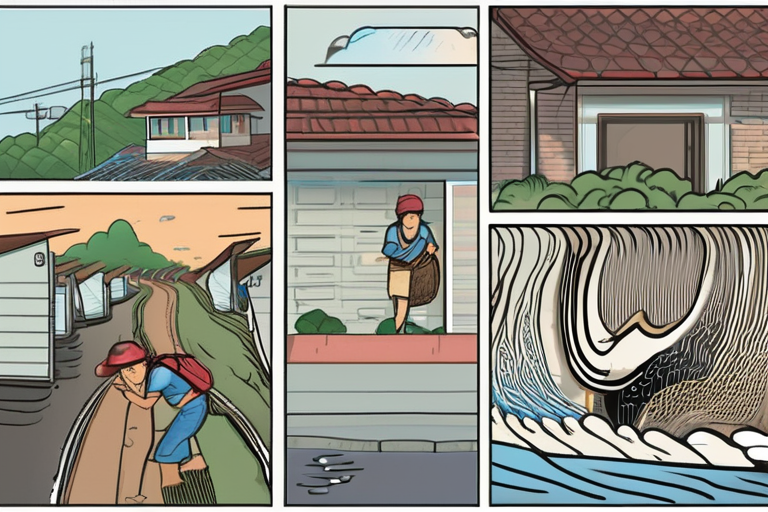

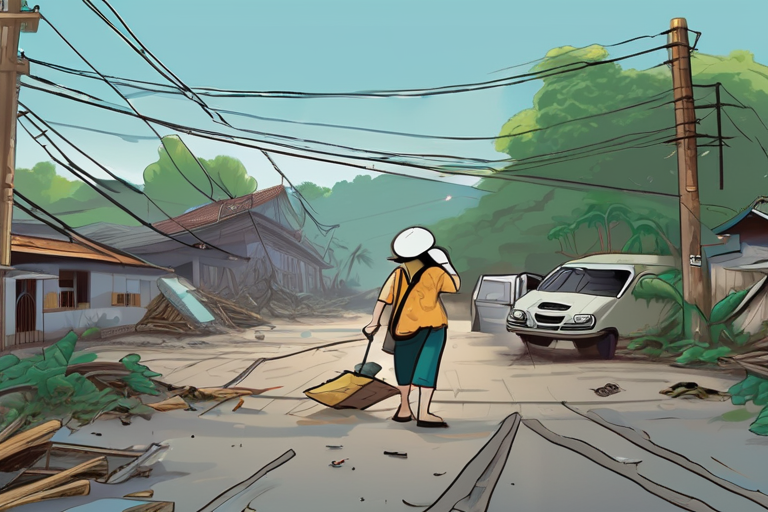



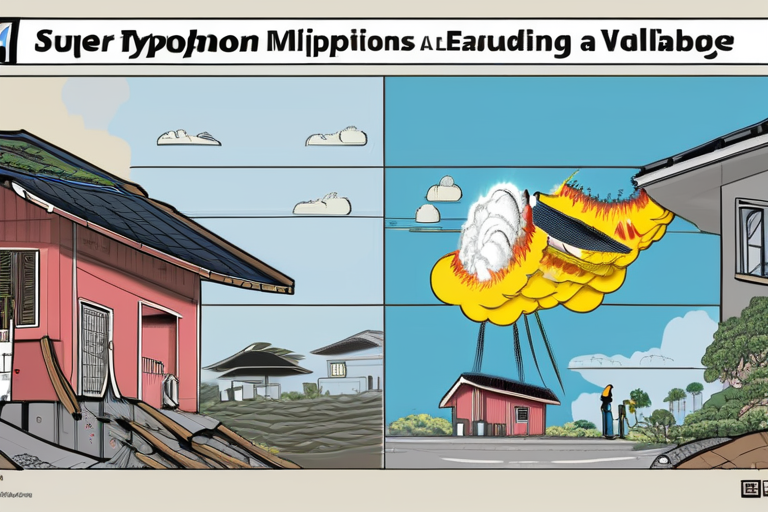
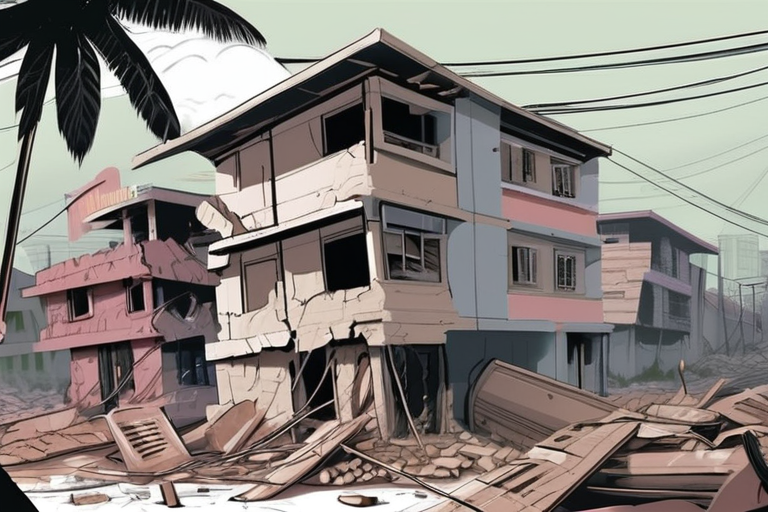



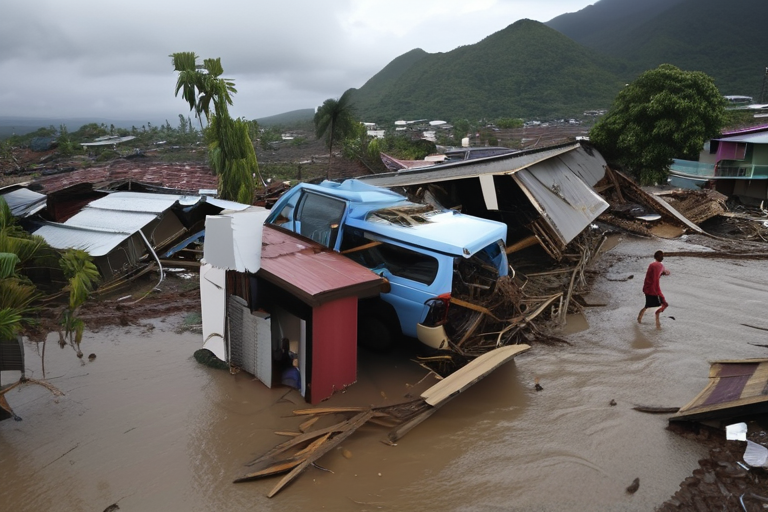
Share & Engage Share
Share this article